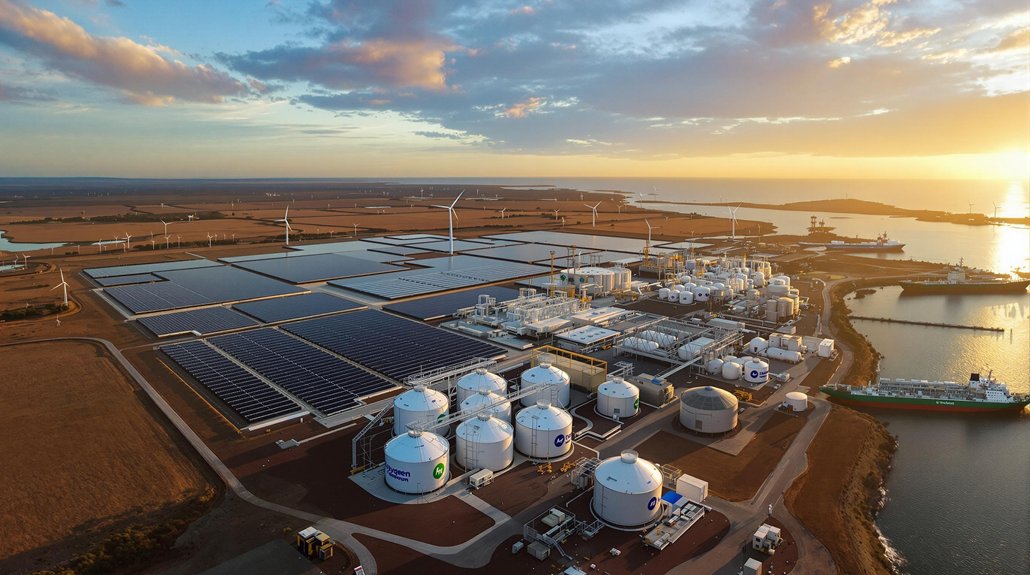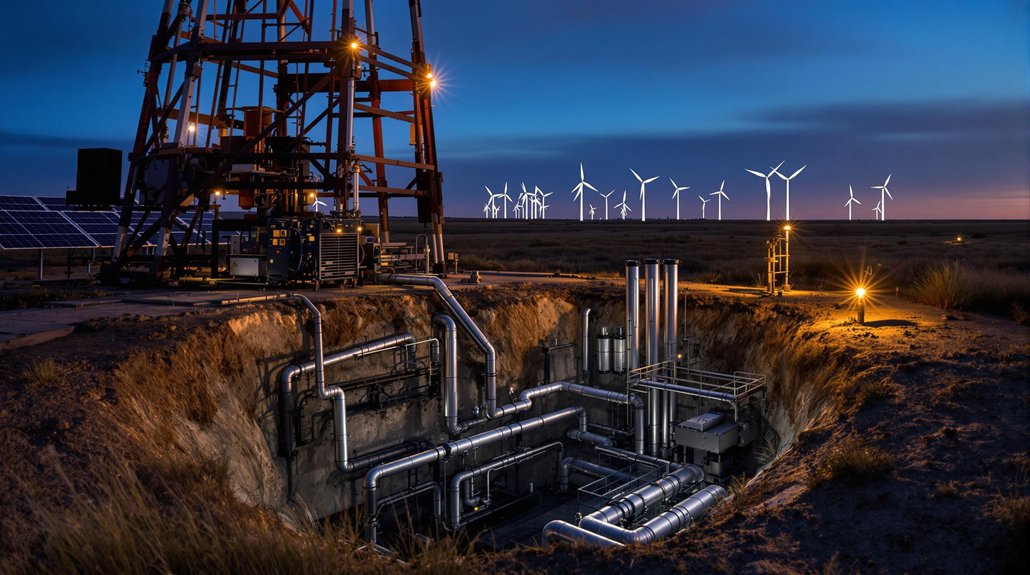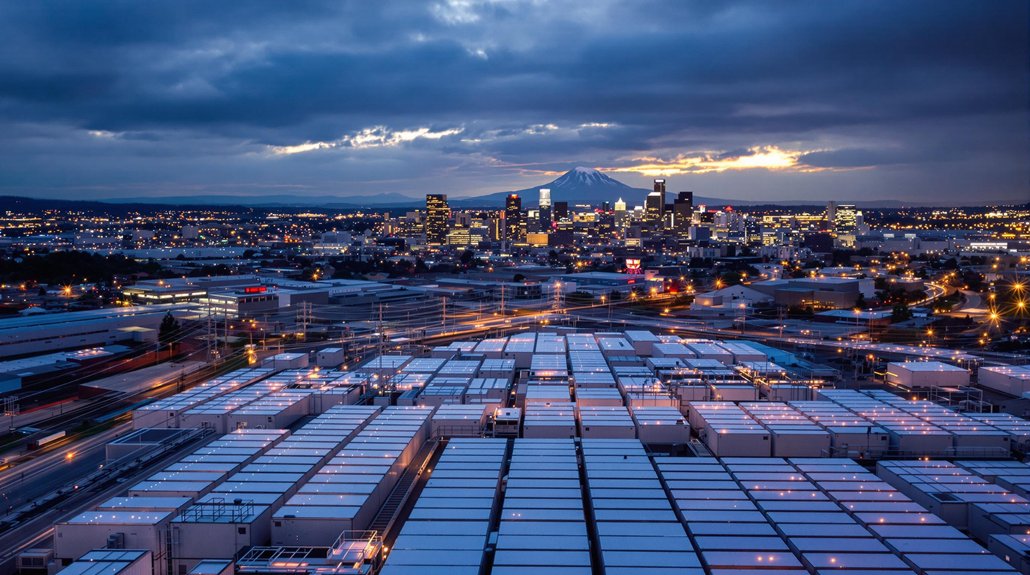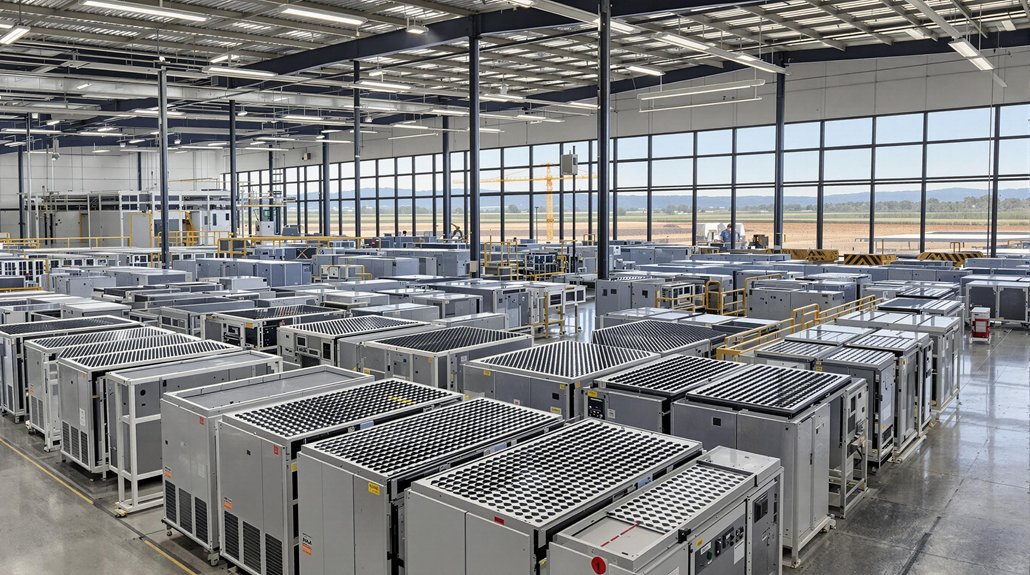The Asia-Pacific region is rapidly becoming the global powerhouse for hydrogen development. With the market projected to grow from $47.31 billion in 2025 to $110.96 billion by 2033, it’s already showing impressive momentum. Last year’s value of $42.51 billion signals just how quickly this sector is expanding.
Currently, 131 hydrogen projects are in advanced stages of planning or construction across the region. These projects will produce about 3.57 million tons of renewable or low-carbon hydrogen annually. Though 15 projects have been canceled, representing 1.39 million tons per year, the industry continues to show strong net growth.
Despite some setbacks, Asia-Pacific’s hydrogen sector is surging forward with 131 advanced projects set to deliver 3.57 million tons annually.
Japan is leading the charge toward a nationwide hydrogen society. Its Fukushima Hydrogen Energy Research Field showcases this commitment. Meanwhile, South Korea’s Hydrogen Economy Roadmap aims for 6.2 million tons of hydrogen produced annually by 2040, backed by $38 billion in investment.
China is rapidly scaling its green hydrogen infrastructure as part of its 2060 carbon neutrality goal. Australia is leveraging its abundant wind and solar resources to position itself as a leading hydrogen exporter with its A$4 billion Hydrogen Headstart program poised to issue new tenders in 2025. In Malaysia, Sarawak is working to become an ASEAN green hydrogen hub through international partnerships. India’s ambitious National Hydrogen Mission aims to produce 5 million tonnes of hydrogen by 2030 as part of its decarbonization strategy.
The region uses both traditional steam methane reforming and newer electrolysis methods for hydrogen production. There’s a clear shift toward green hydrogen using renewable-powered electrolysis. Singapore is deploying hydrogen-ready gas turbines with 1.2 GW capacity planned.
Government support plays an essential role in the sector’s growth. National roadmaps provide targets and funding while cross-border collaborations boost international hydrogen trade. Emerging hydrogen tenders are accelerating the sector’s maturation. This strategic shift comes as hydrogen technology offers a more flexible alternative to hydroelectric storage, which despite its long 50-100 year lifespan faces growing environmental concerns.
Despite some project readjustments, investment interest remains strong. Australia forecasts up to 11 TWh of green hydrogen production by 2030. International investors are drawn to Asia-Pacific’s early lead in hydrogen infrastructure, recognizing the region’s potential to reshape global energy markets.
References
- https://www.marketdataforecast.com/market-reports/asia-pacific-hydrogen-generation-market
- https://www.spglobal.com/commodity-insights/en/news-research/latest-news/energy-transition/121124-commodities-2025-asia-pacifics-low-carbon-hydrogen-tenders-to-test-readiness-for-clean-fuel-trades
- https://energytracker.asia/renewable-energy-trends-in-asia/
- https://www.hidrojenteknolojileri.org/en/hydrogen-news-from-asia-march-2025/
- https://www.grandviewresearch.com/horizon/outlook/hydrogen-generation-market/asia-pacific








